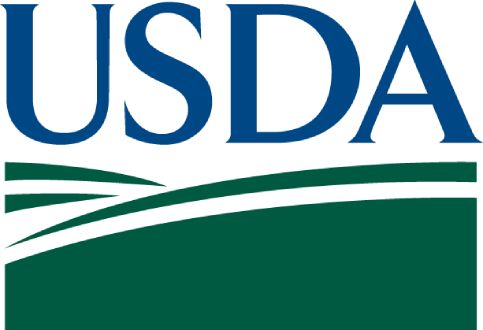Prepared For
U.S. Department of Agriculture, Food and Nutrition Service
The Supplemental Nutrition Assistance Program (SNAP) has long served as a safety net for families who are experiencing difficulty in obtaining adequate nutrition. Ultimately, though, the U.S. Department of Agriculture (USDA), Food and Nutrition Service (FNS), which administers the program, works to help participants move from dependence on SNAP to economic self-sufficiency.
To advance this goal, Congress established the SNAP Employment and Training (E&T) program through the Food Security Act of 1985. As described in the legislation, the program’s purpose is to assist “members of households participating in [SNAP] in gaining skills, training, or experience that will increase their ability to obtain regular employment” (Food Security Act of 1985). FNS is funding a study to understand how SNAP E&T programs serve clients, what participants need to develop their skills, and whether current programs meet participants’ needs.
To advance this goal, Congress established the SNAP Employment and Training (E&T) program through the Food Security Act of 1985. As described in the legislation, the program’s purpose is to assist “members of households participating in [SNAP] in gaining skills, training, or experience that will increase their ability to obtain regular employment” (Food Security Act of 1985). FNS is funding a study to understand how SNAP E&T programs serve clients, what participants need to develop their skills, and whether current programs meet participants’ needs.
Mathematica is conducting the SNAP E&T study, which has three primary objectives. The first is to provide a detailed description of the characteristics of SNAP work registrants and E&T participants. The second is to describe the needs and challenges registrants and participants face in finding or retaining employment in the changing economy. Third, the study will describe the characteristics of SNAP E&T service providers and the types of services available to participants. Using administrative data from 25 randomly selected states, a survey of 1,500 registrants and 1,500 E&T participants, and focus groups with about 120 SNAP E&T participants, Mathematica will address the first two questions. In addition, Mathematica will survey 500 providers nationally to learn about the role of providers in the SNAP E&T program.
Read More


